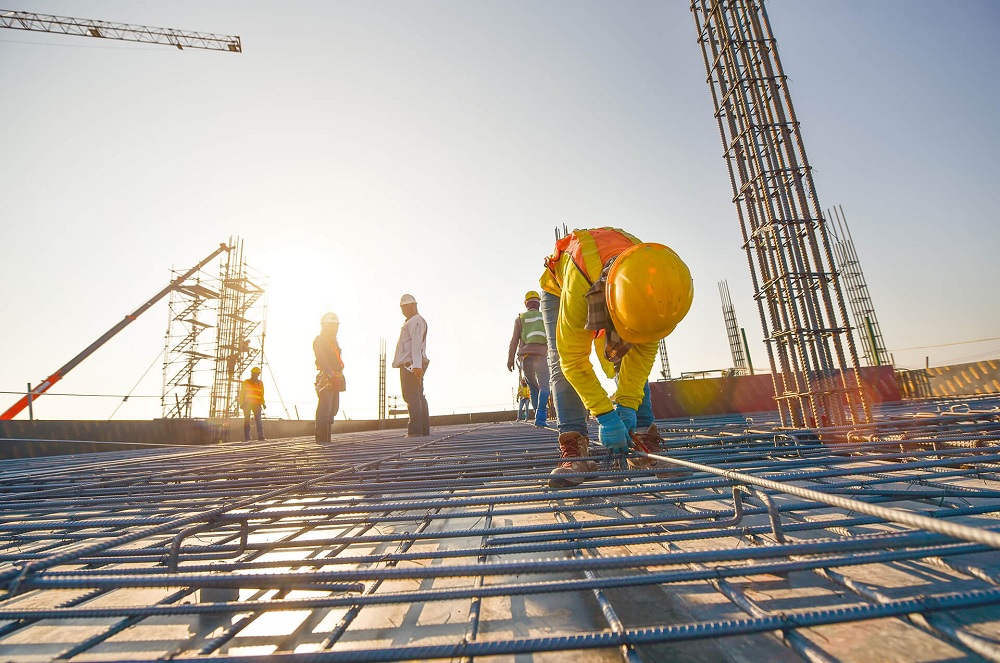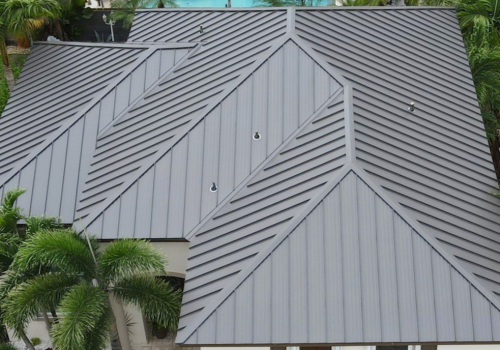Building in Melbourne? Here is What You Need to Know About Material Selection

So you’ve decided to start a building project. Congratulations! Finding the right construction material for a project in Australia can be a daunting task. For example, you need civil supply accessories for large projects. Now comes the exciting part: selecting your materials. This may appear simple, but there is much to consider when choosing suitable materials for your project.
Building a new structure in Melbourne is an exciting project, but it also comes with many critical choices, including selecting the right materials for the job. Choosing the right materials for your project will not only improve the building’s durability and longevity, but it also provides added aesthetic and functionality benefits. In this blog post, we’ll discuss the various factors to consider when selecting building materials in Melbourne and provide a guide on eco-friendly and sustainable materials that comply with Melbourne’s standards.
Selecting the Right Materials for Your Project
Before choosing the materials for your project, you should consider various factors to get the best results.
2.1.1. Climate and weather conditions: In Melbourne, the weather varies significantly, and it can be both hot and cold. Thus, the choice of building materials should account for the weather conditions in the area. Extreme weather fluctuations can cause the materials to weather differently and result in a shorter lifespan of the building.
2.1.2. Building regulations: Melbourne has strict regulations on construction materials, and it is important to ensure that the selected materials comply with these regulations. The regulations aim to ensure that buildings are safe, structurally sound, and environmentally friendly. Compliance with regulations minimizes the potential for building defects resulting in poor performance or even damage.
2.1.3. Cost: Cost is a crucial consideration in material selection. The cost of the materials will significantly affect the overall project cost, and you’ll need to weigh the upfront material costs vs. long-term costs involved in each material. You should also consider the material’s durability, which will influence the future maintenance costs and therefore affect the overall life cycle and total cost of the structure.
Sustainable and eco-friendly materials that comply with Melbourne’s standards
Melbourne has strict regulations on building materials to ensure compliance with eco-friendliness and sustainability. An eco-friendly and sustainable design aims to minimize the building’s environmental impact and allows the project to receive environmental certifications such as Green Star certification from the Green Building Council of Australia.
2.2.1. Timber: Timber is one of the most sustainable materials used in construction. Its production and transportation contribute to minimal Co2 emissions, making it an eco-friendly option. Melbourne has many sustainably managed forests that supply the large construction industry in the city with timber, making it an accessible material option.
2.2.2. Insulation material: Insulation materials help to keep the indoor climate stable, reduce energy consumption, and lower the carbon footprint. The insulation material should have a high R-value, which measures how well the material can resist heat flow. In Melbourne, insulation is particularly important due to the varying temperature changes between summer and winter.
2.2.3. Recycled materials: Construction waste is sometimes recycled to make new building materials. The process is eco-friendly and helps to reduce landfill waste. The most common recycled materials used in buildings include glass, concrete, and metal.
2.2.4. CLT: Cross-laminated timber (CLT) is fast becoming a popular alternative to traditional timber in construction. It is a prefabricated, sustainable and eco-friendly material made from layers of wood that are laminated crisscross. CLT has excellent design flexibility and is a significant contributor to a building’s sustainable design.
Choosing the right building materials is essential to any successful construction project as it improves the structure’s durability, longevity, and sustainability. When selecting materials for your project, it is vital to consider factors such as climate, cost and compliance with building materials regulations. In Melbourne, you must consider eco-friendly and sustainable materials to reduce environmental impact and ensure compliance with Green Star certification. By going with eco-friendly and sustainable materials such as timber, insulation materials, recycled materials, and CLT, the construction industry in Melbourne can create environmentally sustainable structures with durability and longevity.




